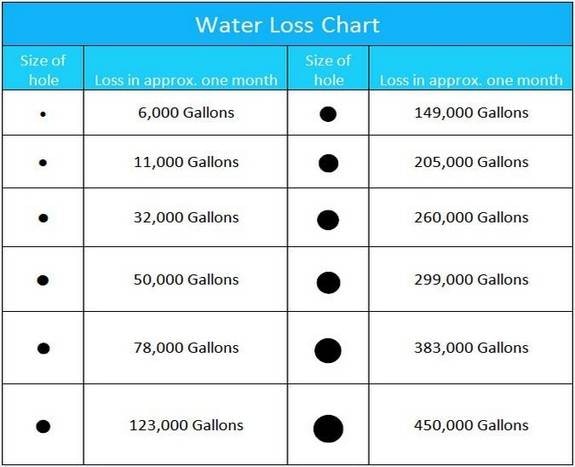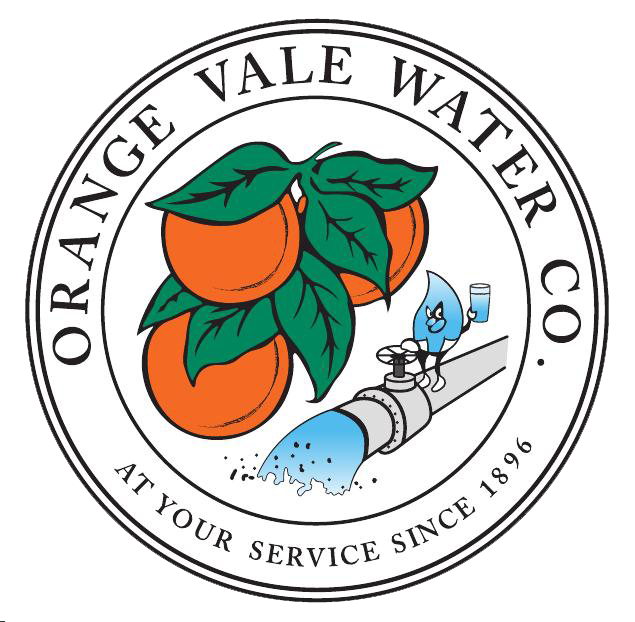Smart Water Use
Outdoor water use
When using water outside, think about where the water is going and how you might be able to reduce the loss of some of that water.
-
Watering plants – Consider your water source limited like a reservoir. There is only so much water that can be taken at a time before emptied. Water is applied through a delivery system (hose or sprinkler nozzle) allowing water to percolate into the soils and around the plant roots. Next the plant takes in the water when needed through osmosis because water is lost through transpiration. So, basically the plant, to be healthy will require just the right amount of water at appropriate times. Any additional water would evaporate, percolate deep into the earth or flow away from your property and thus not be used for the purpose it was applied.
Using mulch around ornamental plants and shrubs will slow the evaporation process and reduce weed growth that compete for water. You can monitor the soil for moisture with a sensor either equipped on your sprinkler timer or manually. If you are a customer of Orange Vale Water Company we are available to help you schedule your plant water needs with one of our many certified irrigation auditors and landscape professionals. For more information on setting sprinkler run times go to http://www.rwa.watersavingplants.com/. - Swimming pool and spa – Water will evaporate, but you can capture some of that water before it leaves by covering your pool and spa when not in use. Pool and spa leaks should be repaired without much delay because, unfortunately, a hole the size of a ballpoint pen tip can lose hundreds of gallons of water a day. Before making repairs check the procedures for draining a pool at http://www.beriverfriendly.net/docs/files/File/Brochures/SwimmingPool_Jul09.pdf.
Indoor water use
When using water inside consider where the extra or bypass flow of water is going and how many resources will be required to prepare the water for safe output back into the water cycle.
- Evaporative coolers –These coolers have been used for many years successfully however they are not the water wise alternative as they use a constant water source to cool the air. Water is supplied to the unit then transitioned to water vapor and, in return, cools the air through the use of evaporation. A water wise alternative would be using air conditioning which use vapor compression, so no water is supplied directly by the consumer.
- Toilets –Water efficient toilets use just 1.28 gallons of water every time they are used, where as traditional mid 90s model toilets use 3.5 gallons every flush and pre 1980 model toilets used as much as 7.0 gallons per flush.
- Showerheads – Replacing your older showerhead that uses anywhere from 2.5 gallons per minute to well over 5 gallons per minute with a new efficient device which put out 2.0gpm or less will greatly reduce usage.
- Faucet aerators –If you don’t have an aerator installed, maybe it is time to consider installing some on all your faucets. Low flow aerators used in the bathroom flow approximately 1.0gpm and in the kitchen about 2.5gpm. If you flow a faucet without an aerator you could easily use three to ten gallons of water a minute.
- Clothes Washing Machines – While highly efficient clothes washing machines take just under 20 gallons of water per load, you will easily use twice that much water with a traditional clothes washing machine.
- Dish washing machines –The newer efficient dishwasher will allow savings of 30% over a less efficient model. By throwing away food scraps and reducing garbage disposal use, the average person can save hundreds of gallons of water per year.
Water Meters and Leak Detection
It is suggested that checking your sprinkler system every season before turning them on and before each seasonal adjustment to ensure that the system is in good working order will help reduce water loss. Most residential water is used outside of the home and there is more opportunity for water loss in this..
The company maintained water meter located in your front yard is a great conservation tool; the home owner can use the water meter to locate water loss by ensuring water is not in use then checking for any flow through the water meter. If flow is indicated then the water is going somewhere. The property owner is responsible if a leak develops beyond the Orange Vale Water Company maintained water meter.
Orange Vale Water Company uses one type of residential water meter, the positive displacement meter. The operation of these meters are as follows; Water passes into the measuring chamber allowing a piston to oscillate back and forth and continues as water flows through the meter. A known amount of water is measured for each rotation and transmitted to a register through a series of magnetic drives and gear assemblies.
Water Loss Chart

